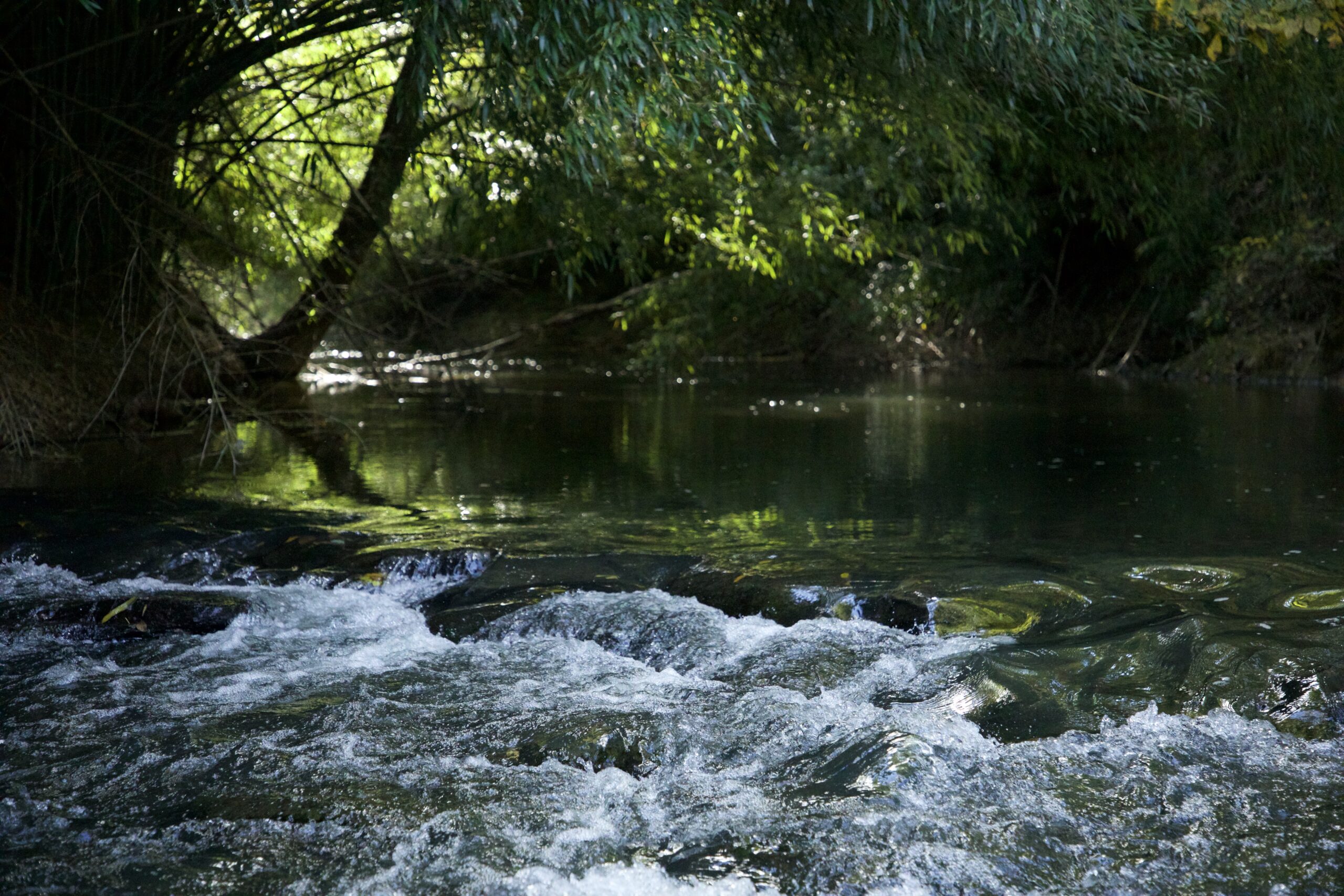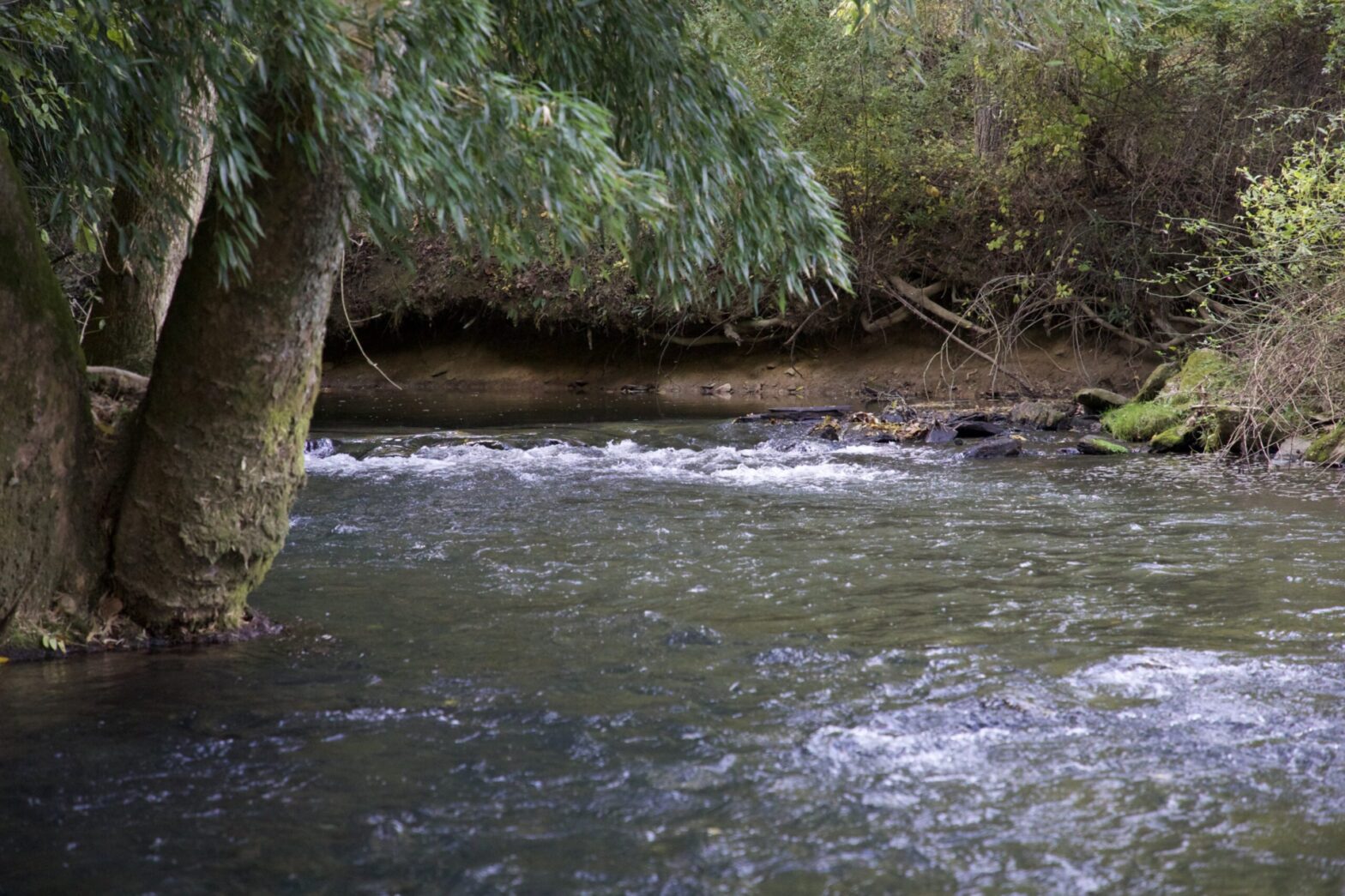“The basic fundamentals, refined to perfection, are your most advanced techniques.”
– Joe Humphreys. Quoted in person, Lancaster PA. Early Spring, 2022.
When Mr. Humphreys spoke these words I was tuned in completely. His voice alone evokes emotion. The year previous I found myself holding back tears as I asked him to sign my copy of Trout Tactics. What the hell is wrong with me?? I kept thinking over and over. I can’t control my emotions around this man. I’ll leave it there….
So back to his quote and this current year- at the time what he said wasn’t so much as important as how he said it. Adding inflection and inserting color in his words made it resonate somehow. It has.
I believe it to be a parable. It holds true in any endeavor. Most of the time among my angling and naturalist pals we project it upon the casting of the fly. We associate with it the pursuit of a perfect technique and physical motions that allow us to correctly present the fly to the fish. We seem to automatically think of the dry fly and the casts which produce the desired drifts consistently. We think of the repetition of these casts and a striving toward the feeling of the second nature that comes with it. We strive to attain a feeling, it has many variables but it can be described as having the rod and line and leader and fly feel like an extension of our body. It’s an awareness- intuitively being able to feel proximity and sense pressure and weight- the transference of kinetic energy. We think about the process of refining the fundamentals to perfection.
BUT…
What about the mono-rig? What do we set our sights on to refine? What cast? What part of the cast? Someone please tell me what I’m doing wrong and how to consistently cast my 3/16 (4.8mm) tungsten streamer on 3x fluorocarbon in a manner that resembles what I read and see other members of our community describing. I don’t want to fish with a .021 euro nymphing line. I like the sensitivity of the mono- rig in the water and part of that comes from what is in the rod guides. I’ll be doing another blog post on my mono- rig leader formula, it’s nothing too divergent from the usual formulas: 20lb Maxima Chameleon reduced to 3x to 7x depending on the problems presented.
Recently I was on a small creek in south central Pennsylvania and saw a fly fisherman in a stretch of water that usually no one fishes. It is the beat on this creek we call the “Bamboo Stand.” It was an apparent arboretum that broke loose of human grip and was then allowed to run free. For this alone I am drawn to it. Plus it has two natural perpetual springs issuing from openings in the broken bamboo root covered ground; cold water year-round that comes from an old 4” cast-iron pipe. It is a cathedral of tall skinny stalks and leaves on both sides of the creek. Hardly any light penetrates through. A place where roll casting is tedious to borderline futile.
The creek is eutrophic. Local farm lands and the resulting runoff affect water chemistry. Bamboo appears to be unhealthy as a riparian resident, probably adding to the overly fertile nature of this creek (or maybe just adding to year round leaf litter, do aquatic insects break down bamboo leaves?). It’s turbid, looks very much like a spring creek in ways but is half tailwater. Any wading causes elongated clouds of sediments and particulates to mix through the water and takes more time than expected to clear. Naturally we fish the creek upstream for these reasons. The Bamboo Stand is where the big mayflies hatch in July. It’s where the big fish are all year. And it’s where I first saw on display a casting technique that had been elevated to a higher plane.
The water haul. The loading of the rod with help from resistance the water gives us by being inherently a dense element. Magnitude of that resistance, independent of density, is proportional to its speed and direction. The young angler of no more than 20 years old was utilizing the water haul with amazing accuracy, delicacy, and yes… refinement. It was a high level display of control and his streamer was seemingly always in the water. The water haul was used to position his fly for the reset and recast, it was the cast and with the left hand on the monofilament he held his slack for precise casts and when needed even gave a tug and release to quasi- double haul the fly laterally across to it’s destination. Where the bamboo roof permitted, some of the casts were more perpendicular to the water surface; with a raise of the wrist at the correct place within the cast he was able to tuck cast his fly when needed. This was the cast, the variation of a water haul tuck cast, where he drove his streamer down with perceptible subtlety into a ribbon of current parallel to a half-submerged log and immediately hooked a nice brown trout.
After the quick play and release, without a net, he looked to his downstream right and saw me. I didn’t move but I wanted him to notice me. Frozen, as being spotted by a deer. Our eyes met and I gave a nod… the type which meant “keep on going.” He returned the nod in the fashion which I understood as “why are you starring at me?” I nodded again, he went back to it. Three or four fishing distances downstream I watched and what unfolded in my mind was what i’m now writing about. The water haul is valuable in my fishing, especially with a mono-rig and it doesn’t matter if I have a roof of trees or a roof of sky.
I asked how many he caught. While holding his rod he raised both hands and lifted eight fingers. So far, only one other in-person display of fly angling impressed upon me related feeling and emotion. It was a older gentleman taking fish after fish on my home river in glass flat sunny waters one late august afternoon using a size 18 Henryville Special. It wasn’t Joe but I remember that for a couple of seconds I pretended it was. Just like our young south central Pennsylvania angler- refined to perfection, his most advanced techniques.
Thank you Joe Humphreys,
DA

